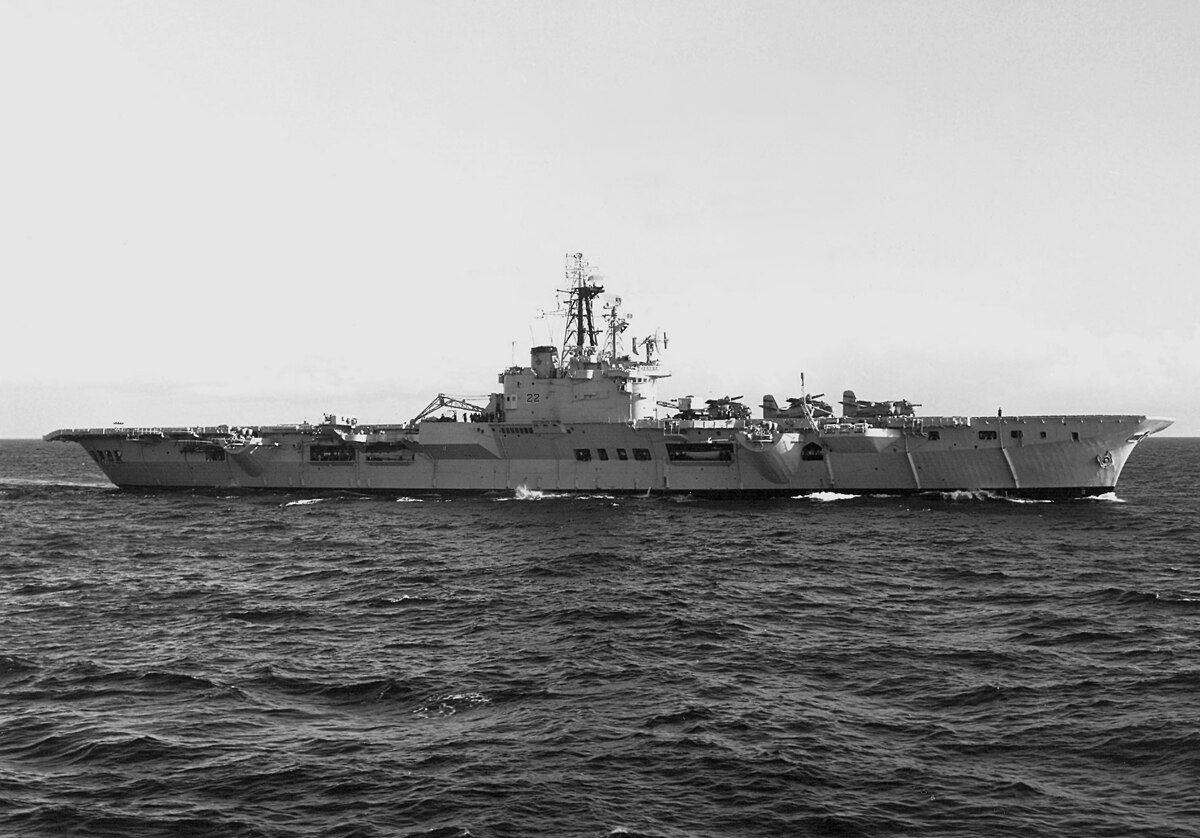Assuming next submarines will not be nuclear, they would at least be AIP. Two technologies are available for long underwater patrols: Stirling engines (mainly Sweden, China & Japan under Swedish license) and fuel cells (Germany and their derivatives: Norway, Italy, South Korea). Battery systems still offer tens of MWh (10-20), while the former two must be in the range of 80-140 MWh, depending, of course, on the volume of the oxygen (LOx) and fuel stored.
So, the expected dutch selection between the sweeds and the germans to replace their Walrus is of much interest.
Stirling engines are a mature technology with rather small increments on efficiency to be expected. The main one being the development of the so-called "double AIP", that is a 150kW engine in lieu of the actual 75kW Kockums' units.
Fuel cell technology is also mature: up to 200kW marine units can be found in Ballard's portfolio. And this is actually a point for the RCN to prefer FCs over St.Eng. The problem here is how to storage the required hydrogen. Solutions:
1. Metal hydrides (germans). It works for the size of their boats, but is said to be very inefficient (only 2-4% of the weight is usable hydrogen).
2. Boric hydrides (indians). This is the technology India is developing. Supposed to be installed in an indian submarine by mid 2020s. Percentage of usable hydrogen might reach 10-12%.
3. Reformation of other fuels to produce hydrogen, either marine fuel (french), methanol (german proposal for the Australian type 216) or ethanol (spanish boats S-80, to be installed for the first time in third-of-class S-83, by mid-2020s also).
Reformation process needs high temperatures (hence, cooling) and yield CO2 as well (like St.Eng.), which may be diluted into the sea water. It also lowers the global efficiency of the process and introduces complexity (lower reliability?).
All this to say that DND/RCN might start working with Ballard on the development of a direct ethanol fuel cell, which would use ethanol directly on the FC without the need of reformation to obtain hydrogen.

en.m.wikipedia.org



